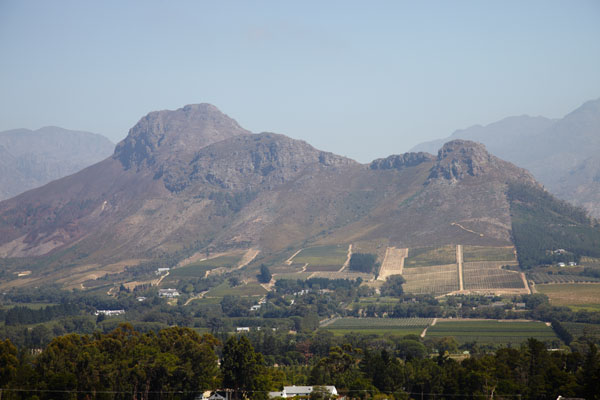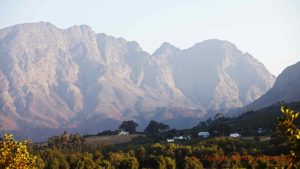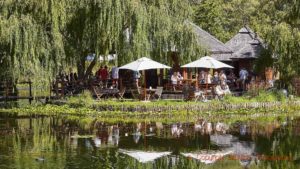The focus on all our wine tours is to discover the great wines and the great food of the country and region we visit. But a wine tour also includes many other different things: culture, history, people and more. Not least in South Africa, a fantastically diverse and exciting country.
South Africa is a striking example of that going wine and food travelling is not “only” a case of discovering wineries, vineyards and gastronomy.
Experiencing the country and the culture is also a very important part of the trip.
In South Africa understanding the recent history of the country is also important to understand what is happening in the wine industry in South Africa.
Why is it so dynamic? Why is it sometimes so totally opposite in the way it works compared to The Old World? How can there be such a diversity in such a small place?
Diversity is one of the key words for South Africa, both the country and the wine.
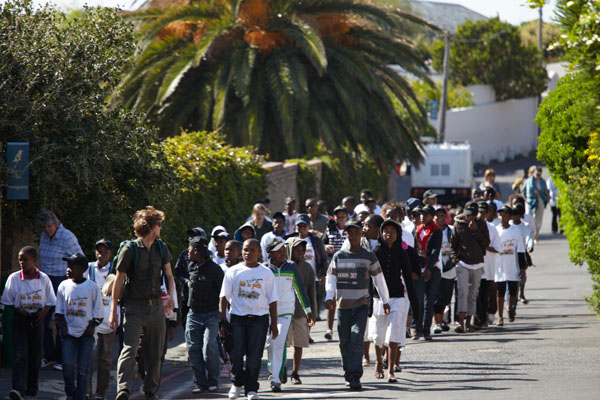
South Africa’s population exceeds 50 million people: 80% “African”, 9% “white”, 9% “coloured”, and 2.5% “Indian/Asian” (note 1).
The black ethnic groups include Zulu, Xhosa, Basotho, Bapedi, Venda, Tswana,Tsonga, Swazi and Ndebele. “Coloured” is a term (with no negative connotations in South Africa) that signifies people of a variety of mixed ethnic backgrounds: Malay, White, Khoi, San, and Griqua. The “whites” are mainly descendants from settlers from the Netherlands, Germany, France (Huguenots), England and Jewish European migrants. The Indian population mainly came to South Africa as labourers in the British sugar plantations.
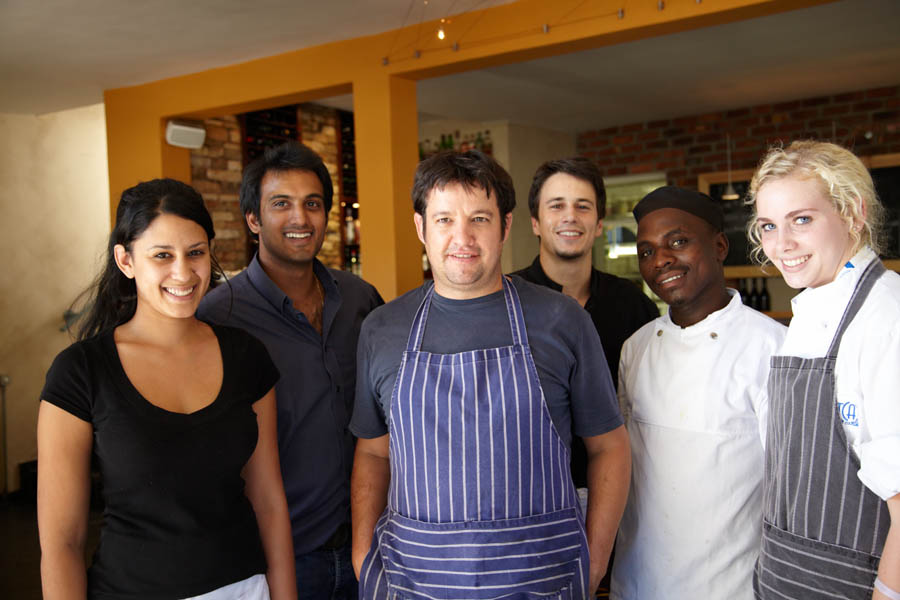
South Africa has nine provinces: Eastern Cape, Gauteng, KwaZulu-Natal, Mpumalanga, Northern Cape, Limpopo, North West, Free State and Western Cape.
Although everyone we have met in South Africa speaks English there are eleven (!) official languages: Afrikaans (13%), English (8%), isiNdebele (1.6%), isiXhosa (18%), isiZulu (24%), Sesotho sa Leboa (9%), Sesotho (8%), Setswana (8%), siSwati (3%), Tshivenda (2%), Tshivenda (2%), and Xitsonga (4%).
Sport is very important in South Africa and hosting the Football World Cup in 2010 was a big event. The South African national football team is called Bafana-Bafana. Rugby is probably just as big a sport, if not bigger, and the national team, the Springboks, has won the world cup twice (note 2). Cricket is also important, with the national team called Proteas.
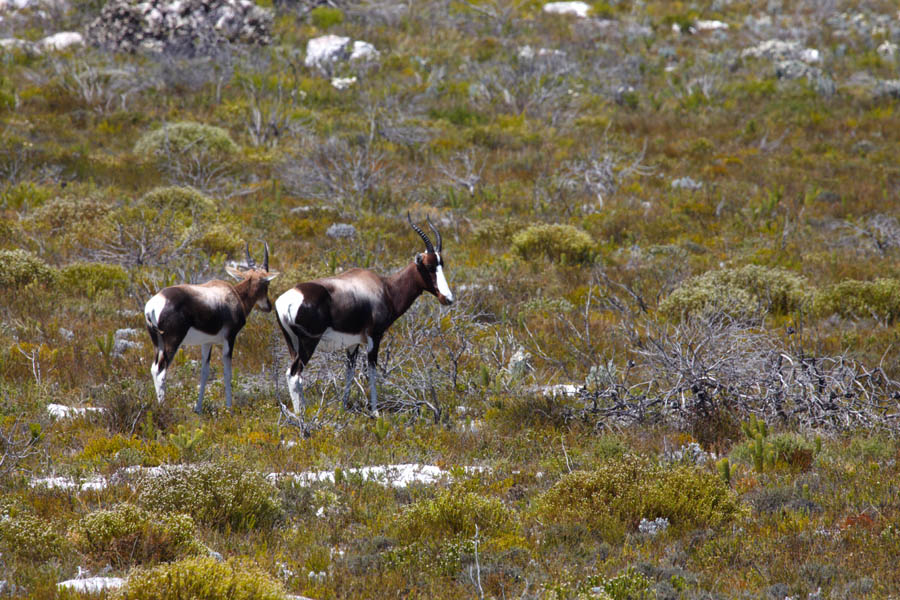
Even though there is still a lot of poverty in South Africa there has been enormous progress since the end of apartheid and the arrival of democracy. In 1994 62% of the population had access to clean drinking water. In 2011 the number was 93%. In 1994 34% of the population had access to electricity. In 2011 the number had reached 84%.
This is just some snippets of information to give you a taste of some of the things that you also will discover when you come touring the wine and food landscape of South Africa.
Our next wine tour to South Africa will be in March.
Note 1: The numbers and the terminology in this article come from a book called Dead at Daybreak by Deon Meyer. Meyer is a brilliant South African crime fiction writer and this is his second novel. At the end of the book he has a chapter, unrelated to the plot, where he explains his views and his love for South Africa. Do get hold of some of his books if you plan to go to South Africa!
Note 2: The Springboks also became famous for those of us who are not rugby aficionados thanks to the film Invictus. It is a brilliant film starring Morgan Freeman (as Nelson Mandela) and Matt Damon about how rugby played a vital role in the first days of the democracy. It is also something definitely worth seeing before coming to South Africa.
